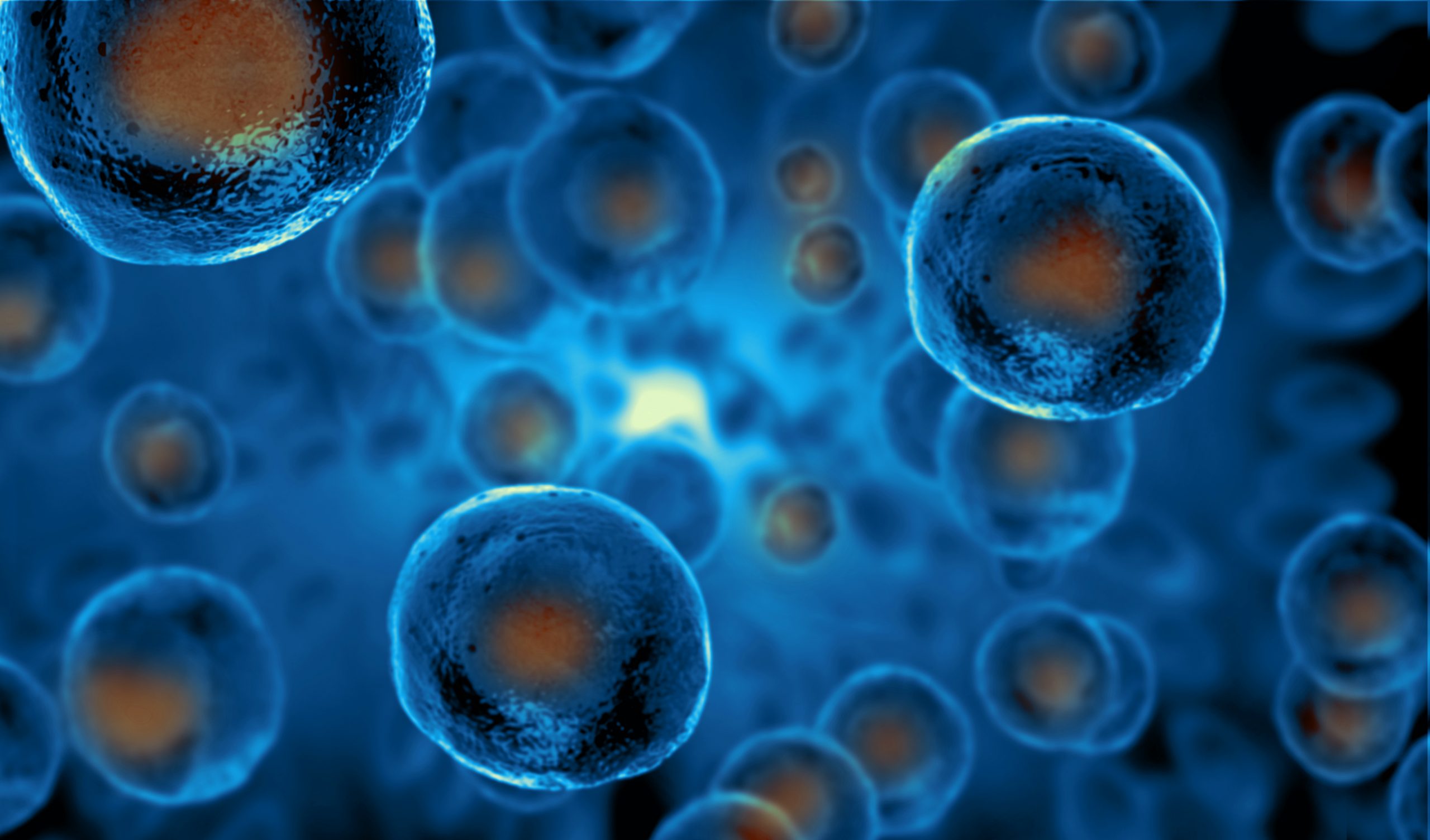The fields of medicine and biology are complicated and broad. Every day, new inventions and discoveries are made for human betterment. Stem cell research is one such amazing procedure that helps cure incurable diseases, simplify the regeneration procedure. Cure damaged tissues, explain the developmental procedures of different diseases, and various other features. However, like every other procedure, there are potential risks involved in stem cells. And knowing what are two possible risks of using stem cells can protect you. From making bad decisions for your health. Find further details from IVitality.
What Are Two Possible Risks Of Using Stem Cells? 6 Important Aspects To Know
The following are the important aspects of learning what are two possible risks of using stem cells.
Formation Of Tumors
What are two possible risks of using stem cells? The first and the most dangerous risk is the formation of tumors which is also known as tumorigenesis. Specific stem cells like ESCs and IPSCs can divide and differentiate into different cell types. However, this specific feature can lead to tumor formation, resulting in the uncontrolled growth of cells. ESCs and ISPCs are multipotent like they can increase the growth of any cell in the body.
Working Mechanisms Of Tumors
What are two possible risks of using stem cells? The second aspect is that the important thing to consider is that the working and growth of these stem cells. Must be properly monitored and controlled otherwise it can lead to the formation of teratomas, which are types of tumors. That have different kinds of tissues like hair, muscle, or teeth. Teratomas are not dangerous by nature but their formation can lead to uncontrolled stem cell differentiation procedures.
Knowing that IPSCs are generated by reprogramming adult cells from a multipotent state using specific genes is effective. This procedure often leads to the activation of oncogenes or inactivation of tumor suppressor genes. Increasing the risks of various health issues and transformations. The slightest changes in genetic or epigenetic aberrations introduced during reprogramming can make these cells poisonous and cancerous.
Clinical Risks Of Tumor Formation
The third aspect is that in clinical areas, it is important to ensure that stem cells are available. In specific desired forms without forming dangerous tumors. Researchers need to take proper security precautions and ensure the cells are not undifferentiated before starting the transplantation procedure. They must also have experience in controlling and understanding specific signs that can help in controlling stem cell differentiation. And preventing the formation of tumors. Unique techniques like genetic editing and selective markers are also used by researchers to minimize the risks and damage.
Immune Rejection
The fourth aspect is that stem cells have a risk of immune rejection which is used to detect. Any foreign attacks on cells that can prove dangerous for transplantation of stem cells obtained from donors. Or different tissues of the same individual. For a balanced weight loss strategy, check out the semaglutide weight loss dosage chart.
Working Mechanism Of Immune Rejection
The fifth aspect is that the immune system is responsible for differentiating between self and nonself. With the help of complicated patterns of molecules presented on the surface of the cells. Mostly major histocompatibility complex (MHC) molecules. After the stem cell transplantation procedure is completed, the receiver’s body considers these cells as foreign objects. Because of the differences in MHC molecules, which leads to an immune response of destroying the transplanted cells.
There are various cases where cells obtained from the receiver’s own body. Like autologous stem cell transplants can often face rejection issues. This can happen because of the changes in the cells occurring during reprogramming or culture procedures. So they can be recognized as non-self by the immune system. It is also important to know that if a person is facing immune or inflammation issues during transplantation. Then it can also provoke rejection feelings. You must know whether does ozempic need to be refrigerated.
Clinical Risks Of Immune Rejection
The sixth aspect is that several measures are adopted to minimize the risks of immune rejection. Using Immunosuppressive drugs is beneficial to reduce the receiver’s body’s immune response but there are several side effects. Of using these drugs like infections, cancer, etc. Researchers and professionals are continuously checking out new ways to manage and reduce the effects of immune issues. Like using regulatory T cells that reduce the immune responses against transplanted cells.
Another way to reduce the risks of immune rejection is to build stem cell banks. With a massive variety of cells lined up so that they can match with the most common MHC types. In the population, similar to blood banks. Through this method, finding a compatible transplantation match is easy and decreases the chances of rejection. There are various technological equipment used in medical fields through which changing stem cells and making them less detectable. By the immune system is possible.
Wrapping Up
To wrap up, what are two possible risks of using stem cells? Understanding the potential risks of using stem cells and taking specific preventive measures. To enjoy a healthy transplantation procedure is important. Patient safety is the utmost priority of the professionals and if they detect any infections or risks before transplantation. Managing the risks and providing a safe solution to patients is important. Also, check out the 6-week plan ozempic weight loss results.

